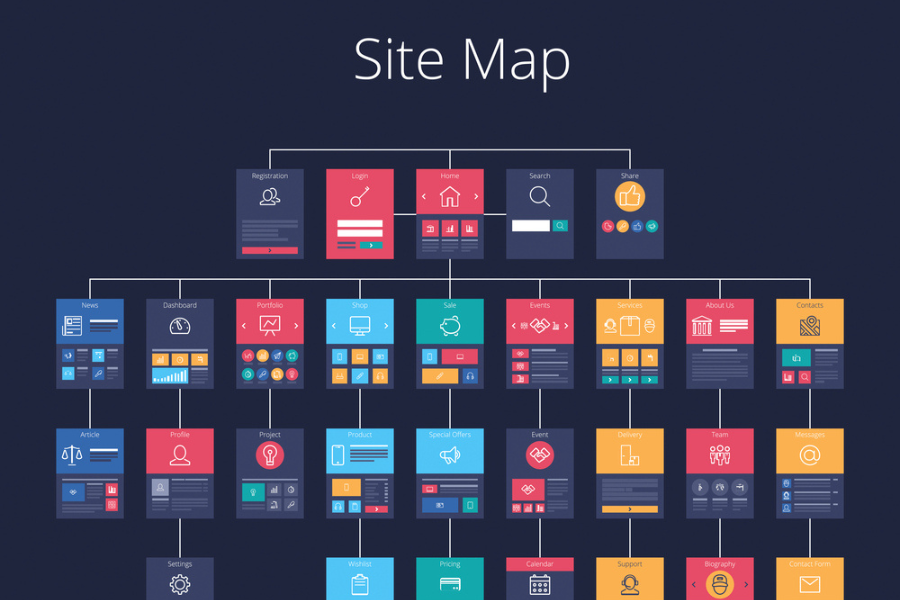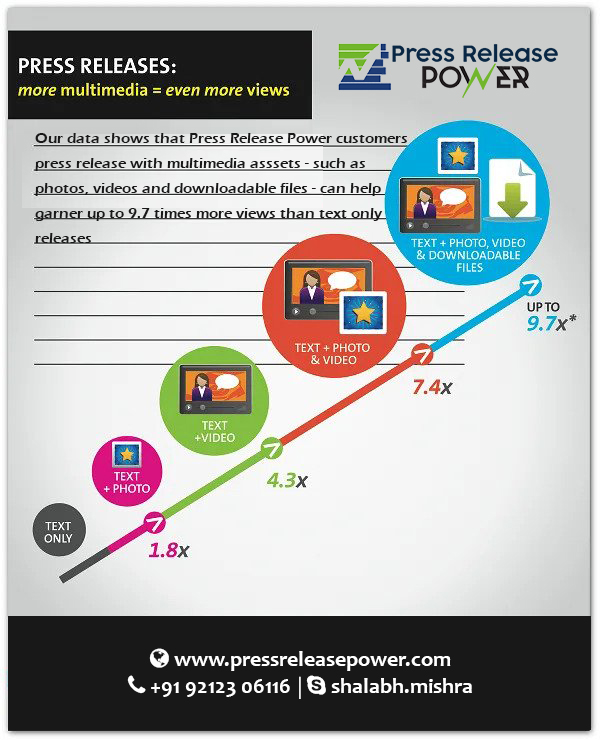Understanding BFSI Sitemap Optimization A Manual for Million-Page Websites
Master the art of optimizing your BFSI website's sitemap for improved search engine visibility. Discover essential strategies, best practices, and actionable tips to enhance your site's crawlability and user experience.

Understanding BFSI Sitemaps
Sitemaps are files that list the pages of a website to inform search engines about the organization of site content. For BFSI websites, which often feature complex structures with numerous sub-pages, effective sitemap management is essential for search engine optimization (SEO) and user experience.
Why Sitemap Optimization is Critical
-
Improved Crawling Efficiency: Search engines use sitemaps to discover and index pages. For BFSI websites with extensive content, a well-optimized sitemap ensures that search engines can efficiently crawl and index all relevant pages.
-
Enhanced User Experience: A well-organized sitemap structure improves navigation, helping users find information quickly and easily, which can lead to increased engagement and conversions.
-
Better Performance Tracking: Optimized sitemaps allow for more accurate tracking of website performance and user behavior, which can inform future optimization efforts.
Key Strategies for Optimizing BFSI Sitemaps
Segmenting Sitemaps
- For BFSI websites with up to 1 million pages, a single sitemap file may become unwieldy. Instead, segmenting sitemaps into smaller, more manageable files can significantly improve performance. Consider segmenting by:
- Content Type: Separate sitemaps for product pages, blog posts, news articles, and other content types.
- Website Hierarchy: Create sitemaps based on different sections of the site, such as retail banking, insurance services, and financial advisory.
Benefits:
- Easier management and updates.
- Improved crawling efficiency as search engines can focus on specific sections.
Example:
/sitemap-products.xml/sitemap-blog.xml/sitemap-news.xml
Implementing Sitemap Index Files
Sitemap index files are files that contain a list of other sitemaps. They help organize multiple sitemaps under a single URL. For BFSI websites, this approach is beneficial when dealing with large volumes of pages.
Steps to Implement:
-
Create Sitemap Index File: List all the individual sitemaps in this file.
<sitemapindex xmlns="http://www.sitemaps.org/schemas/sitemap/0.9"> <sitemap> <loc>https://www.example.com/sitemap-products.xml</loc> <lastmod>2024-08-01</lastmod> </sitemap> <sitemap> <loc>https://www.example.com/sitemap-blog.xml</loc> <lastmod>2024-08-01</lastmod> </sitemap> </sitemapindex> -
Submit to Search Engines: Submit the index file to search engines via their respective webmaster tools.
Benefits:
- Consolidates multiple sitemaps under one URL.
- Simplifies the management of numerous sitemaps.
Ensuring Sitemap Compliance
Ensure that your sitemaps comply with the latest XML sitemap protocol and search engine guidelines. Key considerations include:
- Maximum File Size: A single sitemap file should not exceed 50MB (uncompressed).
- URL Limits: Each sitemap file can list up to 50,000 URLs.
- Update Frequency: Regularly update sitemaps to reflect new content and changes.
Benefits:
- Reduces errors and issues with indexing.
- Ensures compatibility with search engine requirements.
Using Canonical URLs
For BFSI websites, where duplicate content can be an issue due to similar products or services, using canonical URLs in sitemaps helps consolidate indexing signals. Canonical URLs tell search engines which version of a page is the preferred one.
Implementation Tips:
- Include canonical tags on pages.
- Reflect canonical URLs in sitemaps to avoid confusion and duplication.
Benefits:
- Prevents duplicate content issues.
- Enhances SEO by consolidating page authority.
Optimizing for Mobile
With a growing number of users accessing BFSI services via mobile devices, ensuring that your sitemaps are optimized for mobile search is crucial. This involves:
- Mobile-Friendly Pages: Ensure that all pages listed in the sitemap are mobile-optimized.
- Separate Mobile Sitemaps: Consider creating separate sitemaps for mobile versions of pages if your site uses separate mobile URLs.
Benefits:
- Improves mobile search visibility.
- Enhances user experience on mobile devices.
Monitoring and Updating Sitemaps
Regularly monitor and update sitemaps to reflect changes in your website’s structure and content. This involves:
- Regular Crawling: Use tools like Google Search Console to check for errors and ensure that all pages are being crawled.
- Updates and Changes: Adjust sitemaps to include new pages and remove outdated ones.
Benefits:
- Keeps sitemaps current and accurate.
- Ensures all content is indexed properly.
Tools and Resources for Sitemap Optimization
Several tools can assist in managing and optimizing BFSI sitemaps:
- Google Search Console: Provides insights into sitemap performance and indexing issues.
- XML-Sitemaps.com: A tool for generating and validating sitemaps.
- Screaming Frog SEO Spider: Useful for analyzing and managing large sitemaps.
Advanced Techniques for BFSI Sitemap Optimization
Incorporating Structured Data
Structured data helps search engines understand the content on your pages better, which can enhance search visibility and result in richer search results. For BFSI websites, leveraging structured data can be particularly useful for:
- Financial Products: Implementing structured data for financial products can help in appearing in rich snippets and other enhanced search results.
- Reviews and Ratings: Adding structured data for customer reviews and ratings of financial services can boost credibility and attractiveness in search results.
Implementation Example:
Use JSON-LD for adding structured data to your product pages. Here’s a basic example for a financial product:
{ "@context": "https://schema.org", "@type": "FinancialProduct", "name": "Premium Savings Account", "description": "A high-interest savings account with premium benefits.", "offers": { "@type": "Offer", "price": "0", "priceCurrency": "USD" } }Benefits:
- Enhances visibility with rich snippets.
- Provides more relevant information to users directly in search results.
Utilizing Robots.txt and Meta Tags
For BFSI websites with vast amounts of content, using the robots.txt file and meta tags effectively can help manage what is crawled and indexed.
-
Robots.txt: Use this file to block search engines from crawling pages that don’t need to be indexed, such as duplicate content or internal search results.
User-agent: * Disallow: /search/ Disallow: /private/ -
Meta Tags: Implement
noindextags on specific pages to prevent them from appearing in search results.<meta name="robots" content="noindex">
Benefits:
- Optimizes crawl budget by directing search engines to important pages.
- Prevents indexing of irrelevant or duplicate content.
Leveraging XML and HTML Sitemaps Together
While XML sitemaps are crucial for search engines, HTML sitemaps can be beneficial for users, especially on large BFSI websites. HTML sitemaps provide a navigable overview of the website structure, improving user experience.
Implementation Tips:
- Create an HTML Sitemap Page: Include links to major sections and important pages.
- Ensure Regular Updates: Keep the HTML sitemap updated to reflect changes in the website’s structure.
Benefits:
- Improves user navigation and accessibility.
- Complements XML sitemaps by providing a user-friendly overview.
Case Studies and Real-World Examples
Case Study 1: Major Bank Website Optimization
A major bank with over 1 million pages implemented segmented sitemaps and sitemap index files. They segmented their sitemaps based on content types and geographical regions. As a result, they saw:
- Improved Crawl Efficiency: Search engines were able to index pages more efficiently.
- Reduced Errors: Fewer indexing errors and issues with duplicate content.
Case Study 2: Financial Services Provider’s Structured Data Implementation
A financial services provider integrated structured data for their product pages, including financial products and customer reviews. The outcomes included:
- Enhanced Rich Snippets: The pages started appearing with enhanced rich snippets in search results.
- Increased Click-Through Rates: Improved visibility led to higher click-through rates and user engagement.
Best Practices for Ongoing Optimization
- Regular Sitemap Audits: Periodically review and audit your sitemaps to ensure they are up-to-date and compliant with best practices.
- Monitor Analytics: Use web analytics tools to track how well your pages are being indexed and how users are interacting with your content.
- Stay Updated: Keep abreast of changes in search engine algorithms and sitemap protocols to adapt your strategies accordingly.
Optimizing BFSI sitemaps with 1 million pages requires a multifaceted approach, combining segmentation, compliance, structured data, and effective use of tools. By adopting these advanced techniques and best practices, BFSI websites can ensure their extensive content is efficiently managed, easily discoverable, and accessible to both users and search engines.
Investing time and resources in proper sitemap optimization not only improves SEO performance but also enhances user experience, contributing to the overall success of your digital strategy. By staying proactive and continuously refining your approach, you can maintain a competitive edge in the ever-evolving digital landscape of the BFSI sector.
A sitemap is a file that provides a structured overview of your BFSI website's content, making it easier for search engines to crawl and index your pages. It's particularly crucial for large websites with millions of pages.
Efficient sitemap optimization helps search engines understand your website's structure, leading to better indexing, improved search rankings, and enhanced user experience. It can also help identify and address any crawling issues.
Generally, sitemaps should be updated whenever significant changes occur to your website's content or structure. This includes adding new pages, removing old ones, or modifying existing content.
A well-structured sitemap should include:
You can create an XML sitemap using:
Once you've created your XML sitemap, you can submit it to search engines like Google and Bing through their respective webmaster tools.
Use search engine webmaster tools to track the number of pages indexed, any errors encountered, and the overall health of your sitemap.
Ensure that your sitemap includes all mobile-friendly pages and that the URLs in your sitemap are accessible on mobile devices. Additionally, consider using a mobile-specific sitemap to provide a more tailored experience for mobile users.
FAQs on Understanding BFSI Sitemap Optimization
What is a sitemap in the context of BFSI websites?
Why is sitemap optimization important for BFSI websites?
How often should a BFSI website's sitemap be updated?
What are the key elements of a well-structured sitemap for a BFSI website?
What is the difference between an XML sitemap and an HTML sitemap?
How can I create an XML sitemap for my BFSI website?
How do I submit my sitemap to search engines?
What are some common mistakes to avoid when optimizing sitemaps for BFSI websites?
How can I monitor the performance of my sitemap?
Are there any specific considerations for optimizing sitemaps for mobile-friendly BFSI websites?
What's Your Reaction?

















